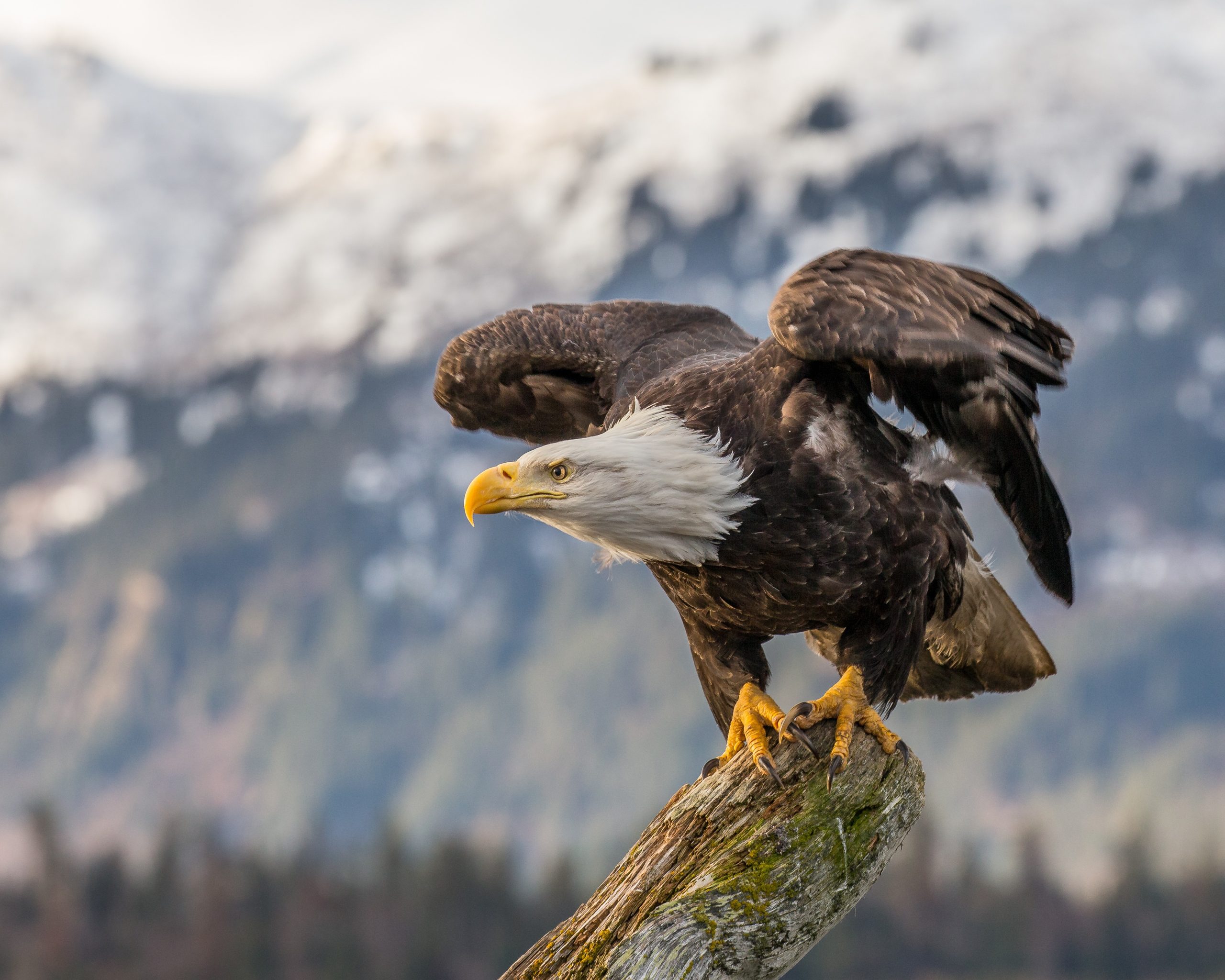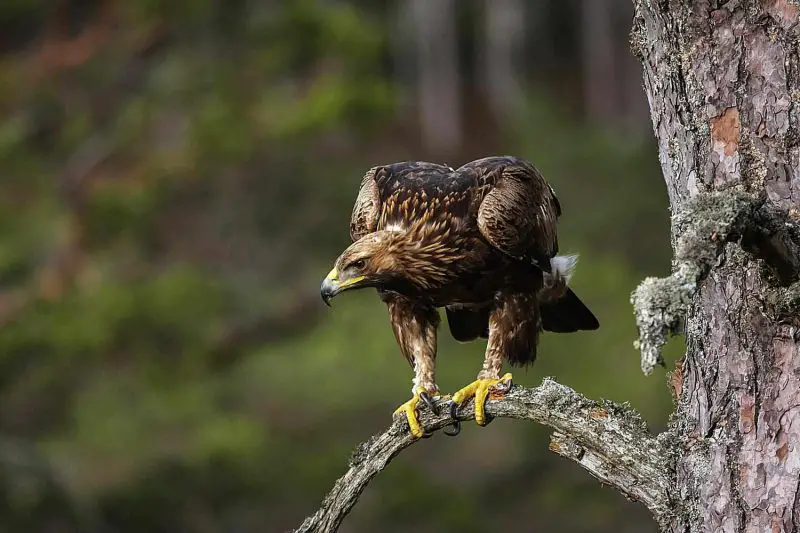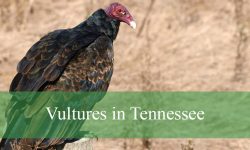Eagles are some of the most majestic birds soaring across Montana’s vast skies. Known for their keen eyesight, powerful flight, and impressive hunting skills, they are a symbol of freedom and strength. In Montana, eagle enthusiasts and bird watchers are fortunate to observe two prominent species: the Bald Eagle and the Golden Eagle. Each has unique features, habitats, and behaviors that make them fascinating to study.
Montana’s diverse landscapes, ranging from the Rocky Mountains to expansive river valleys, provide ideal environments for these raptors. While both species share the skies, their preferred habitats and lifestyles differ significantly. Understanding these differences is essential for accurate identification and successful eagle spotting.
Whether you are exploring national parks, hiking trails, or riversides, knowing the characteristics of Montana’s eagles enhances the wildlife experience. This guide delves into each species, providing detailed information on identification, habitat, behavior, and tips for observing them safely.
Bald Eagle (Haliaeetus leucocephalus)

Identification and Physical Characteristics
The Bald Eagle is one of Montana’s most iconic birds, instantly recognizable by its brilliant white head and tail, which stand out against a rich, dark brown body. Juvenile Bald Eagles do not have the signature white plumage; instead, they display a mottled brown appearance with patches of white, gradually developing their adult coloring by around five years of age. Adult Bald Eagles are remarkably large, with a wingspan between 6 and 7.5 feet and a body length ranging from 28 to 40 inches, making them among the largest birds in North America.
Their yellow, hooked beaks are powerful tools for tearing fish and other prey, while their sharp, strong talons are perfectly adapted for catching and gripping slippery fish. Bald Eagles possess extraordinary eyesight, capable of spotting prey from high in the sky. Their call is a sharp, high-pitched whistle, often described as piercing and shrill, providing a distinctive auditory cue. In flight, these eagles glide in wide circles with wings held flat, using air currents to conserve energy while surveying the landscape below.
Habitat and Range in Montana
Bald Eagles are most commonly found near rivers, lakes, and reservoirs, where their primary food source, fish, is plentiful. Montana offers excellent habitats, including Flathead Lake, the Missouri River, and the Yellowstone River corridors. During winter, Bald Eagles often gather near open water, where fish remain accessible, while breeding pairs establish nests in tall trees close to these water sources.
These eagles prefer tall coniferous trees or cottonwoods for nesting and often return to the same nest sites year after year. Montana’s combination of forests and waterways creates an ideal environment for both resident and migratory Bald Eagle populations, allowing them to thrive throughout the year. Protected areas and state parks provide safe nesting and feeding grounds, supporting stable populations across the state.
Behavior and Diet
Bald Eagles are opportunistic predators and scavengers. Fish, such as trout, salmon, and catfish, form the bulk of their diet, but they also hunt small mammals and birds or scavenge carrion. They are known for occasional kleptoparasitism—stealing food from other birds—which demonstrates their adaptability. Watching a Bald Eagle swoop down to snatch a fish from the water with its talons is one of the most dramatic sights in Montana’s wild landscapes.
During the breeding season, Bald Eagles perform elaborate courtship displays that include synchronized flying, cartwheels, and talon locking. Females typically lay one to three eggs per season, and both parents share the responsibilities of incubating the eggs and feeding the young. Chicks fledge at around 10–12 weeks old but often remain near the nest for additional months to hone their hunting skills and gain independence.
Observation Tips
The ideal time to observe Bald Eagles in Montana is during the winter months, particularly near open water where fishing opportunities are abundant. Early mornings and late afternoons provide optimal lighting for photography and for spotting eagles in flight. Binoculars or spotting scopes are useful for distinguishing juveniles from adults, as both age groups can be present simultaneously.
To avoid disturbing the birds, maintain a respectful distance from nests and feeding areas. Many state parks and wildlife refuges, including Flathead Lake and the Missouri River region, offer designated eagle-watching sites, providing both safety and excellent opportunities for observing these magnificent birds in their natural habitat.
Golden Eagle (Aquila chrysaetos)

Identification and Physical Characteristics
The Golden Eagle is one of Montana’s most striking raptors, easily recognized by its dark brown plumage and the golden feathers along the nape of its neck, which give the species its name. Juvenile Golden Eagles display prominent white patches on their wings and tail, which gradually fade as they mature, resulting in a uniformly dark adult appearance. Their wingspan ranges from 5.5 to 7 feet, slightly smaller than the Bald Eagle, but they are renowned for exceptional agility and speed in flight. Adult Golden Eagles typically measure 26 to 40 inches in body length and weigh between 6 to 15 pounds, depending on sex and region.
Golden Eagles have long, broad wings and relatively short tails, allowing for powerful and rapid flight over open terrain. Their large, hooked beaks and strong, sharp talons are designed for capturing and killing prey efficiently. They emit a piercing, high-pitched scream that differs from the Bald Eagle’s call and is often used for communication between mates or to ward off intruders. Observers may notice their characteristic soaring behavior, gliding at high altitudes while scanning the ground for small mammals or birds.
Habitat and Range in Montana
Unlike Bald Eagles, Golden Eagles prefer open landscapes such as grasslands, shrublands, and mountainous regions rather than areas near water. In Montana, they are most commonly found in the western and central regions, including the Rocky Mountains and the high plains. These eagles typically nest on cliffs, rocky outcrops, and, occasionally, large trees when cliffs are unavailable, creating massive nests called eyries that are often reused for multiple years.
Golden Eagles are highly territorial and require extensive hunting ranges to sustain their diet of mammals and birds. Montana’s expansive wilderness areas provide ideal conditions for these eagles to thrive with minimal human disturbance. While some populations migrate seasonally, many Golden Eagles remain resident year-round in regions where prey is abundant.
Behavior and Diet
Golden Eagles are apex predators, feeding primarily on small to medium-sized mammals, including rabbits, prairie dogs, and squirrels. They are also known to hunt birds and occasionally scavenge carrion when other food sources are scarce. Golden Eagles often soar at high altitudes to spot prey, then execute rapid, precise stoops to capture their target with remarkable accuracy.
During the breeding season, mating pairs perform elaborate aerial courtship displays, including high circling and “sky-dancing” maneuvers. Females generally lay one to three eggs per season, and both parents share the responsibilities of incubating and feeding the young. The nests of Golden Eagles can become enormous over the years, with layers of sticks and vegetation added each breeding season.
Observation Tips
Golden Eagles are best observed in Montana’s open plains and mountainous regions, particularly during the spring and fall migration periods. Ridgelines, cliff edges, and open valleys are ideal vantage points for spotting these birds. Binoculars or spotting scopes are highly recommended, as Golden Eagles can soar at great heights and cover large distances quickly.
Observers should be mindful that Golden Eagles are sensitive to human presence, especially near nesting sites. Maintaining a safe distance and avoiding disturbance during the breeding season is essential for conservation. Many wildlife refuges and designated eagle-viewing areas in Montana provide safe opportunities to observe these magnificent birds in their natural habitat without causing stress or disruption.
Comparison Table: Bald Eagle vs. Golden Eagle
Feature |
Bald Eagle |
Golden Eagle |
|---|---|---|
Scientific Name |
Haliaeetus leucocephalus |
Aquila chrysaetos |
Adult Plumage |
White head & tail, dark brown body |
Dark brown with golden nape |
Wingspan |
6–7.5 feet |
5.5–7 feet |
Primary Habitat |
Near rivers, lakes, reservoirs |
Open grasslands, mountains |
Diet |
Fish, carrion, opportunistic prey |
Small mammals, birds, carrion |
Nesting |
Tall trees near water |
Cliffs, rocky outcrops, large trees |
Best Observation Time |
Winter, early morning/late afternoon |
Spring & fall, ridgelines & cliffs |
Best Places to See Eagles in Montana
Some of the best places to see eagles in Montana include Flathead Lake, which is renowned for its wintering Bald Eagle populations and offers excellent photography opportunities.
The Missouri River provides abundant fish, making it a regular spot for Bald Eagle sightings, while the Yellowstone River is ideal for observing both adult and juvenile Bald Eagles as they hunt and feed.
For Golden Eagles, the Rocky Mountains serve as a prime habitat, particularly along cliff faces and open ridgelines. The high plains of central Montana also offer excellent opportunities to spot these powerful raptors in action.
FAQs About Eagles in Montana
How can I tell a Bald Eagle from a Golden Eagle?
Bald Eagles have white heads and tails as adults, whereas Golden Eagles are dark brown with a golden nape. Flight patterns and habitats also differ: Bald Eagles are near water, and Golden Eagles are in open plains or mountains.
When is the best time to see eagles in Montana?
Bald Eagles are most visible in winter along rivers and lakes. Golden Eagles are easier to spot during spring and fall migration, particularly in open terrain and mountainous regions.
Are Bald Eagles and Golden Eagles endangered in Montana?
Bald Eagles are no longer endangered, thanks to conservation efforts, and populations are stable. Golden Eagles are protected under federal law, though they remain sensitive to human disturbance.
Can I approach eagle nests for photos?
No. It is crucial to maintain distance from nests to avoid disturbing the birds. Use binoculars or spotting scopes for safe observation.
What do eagles eat in Montana?
Bald Eagles primarily eat fish, while Golden Eagles hunt small mammals like rabbits and prairie dogs. Both species may scavenge carrion opportunistically.






